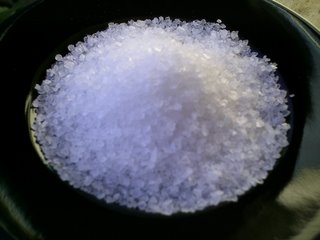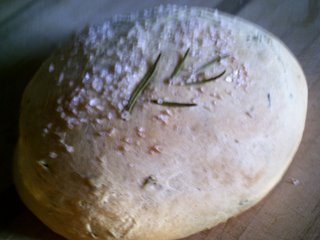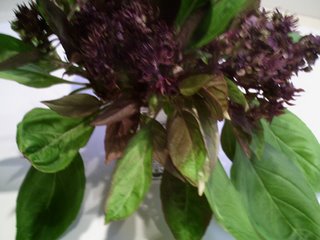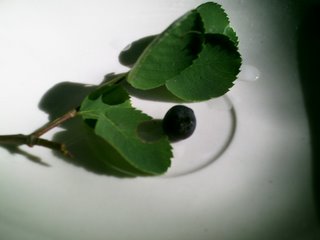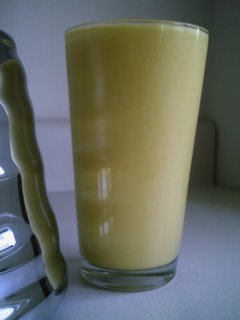Indian Eggplant Revisited

Here is my prize Indian eggplant that I photographed as it was rapidly growing, a few weeks ago. I harvested it a little late, because it was just too %*$&ing hot to cook. So it matured on the vine beyond when I would ideally have cut it. The nice thing about that is that now I have a few seeds for the next generation. According to this website, "Overmature fruits are spongy and seedy and may be bitter." They recommend such over ripe eggplants be discarded. Bah! Eggplant lovers, such as myself, are not detered by such foolish advice.
I turned it into my favorite food for this time of year -- an Indian sweet & sour eggplant dish. The recipe comes with a recommendation for serving with sourdough bread, which is fine and good, but I decided to turn it into a pizza with sourdough crust. I don't have any photos to share, because we ate after it got dark (and cool).
Now I'm a huge sourdough bread lover, but I've always been intimidated by the idea of keeping sourdough starter on hand. I have heard that the stuff is rather aromatic. Plus I'm afraid I would forget about it and find it overtaken by a floating wafer-like colony of suede-textured, green mold. If you have ever accidentally grown that particular type of mold you would know the horror of which I speak. I had a run-in with that stuff when I worked in a lab and had carelessly left a vial soaking in the sink over winter break. I don't care to form a second impression.
But there is hope for microflora-phobics! You can make pseudo sourdough and it is frightfully easy. Just substitute yogurt for some of the water in your bread dough. I wasn't sure how much, so I went with half water/half yogurt. I believe it is a good idea to let the yeast grow before you mix the yogurt in, so that the friendly yogurt bacteria don't out-compete the yeast. Also make sure the yogurt is at room temperature or warmer, so you don't shock the yeast when you add it.
In the past I served this sweet & sour eggplant dish with sourdough crostini, but I think I prefer the softness of the pizza crust.
